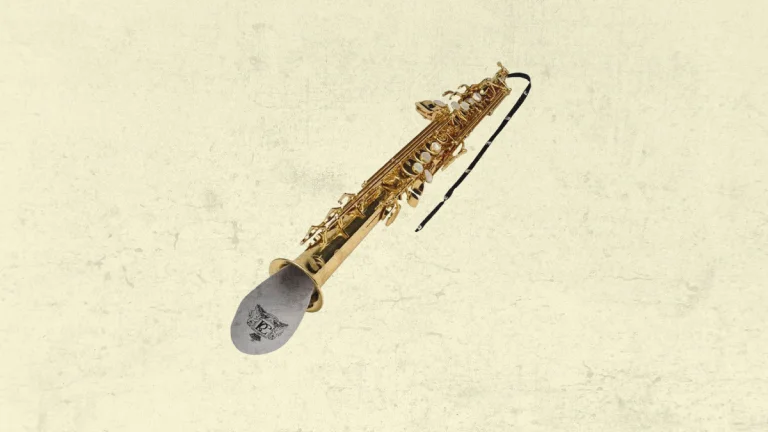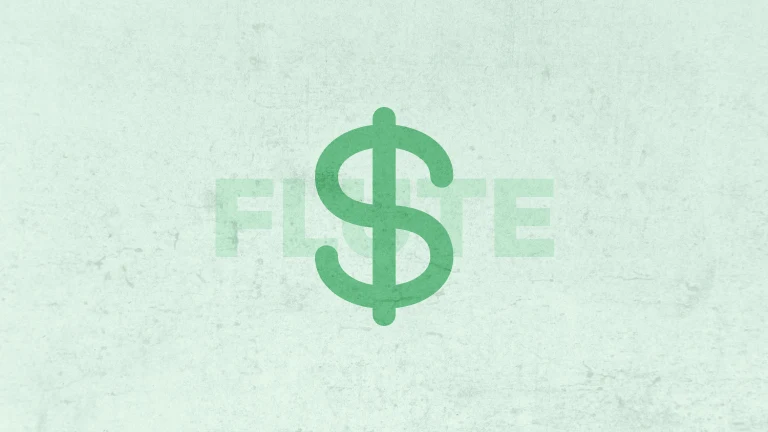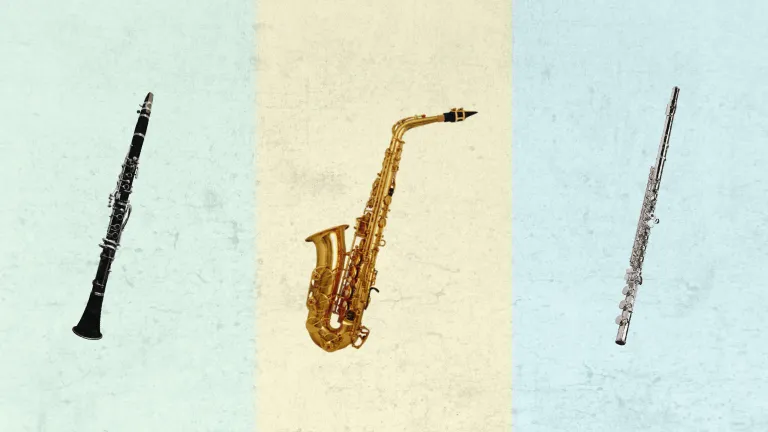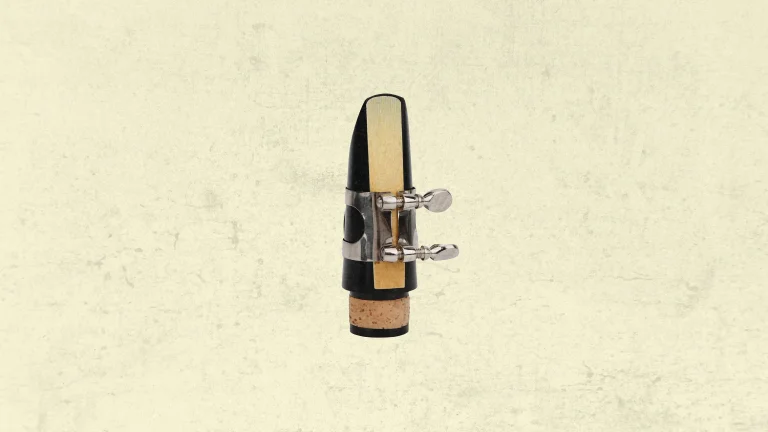Imagine you’re on stage, saxophone in hand, and you unleash a soulful growl that sends shivers down the audience’s spine.
It’s a powerful, visceral sound that adds depth and emotion to your performance. But how do you achieve it?
Whether you are a beginner or pro, this saxophone growling guide will teach you the technique.
What’s Growl On Saxophone?

Before we dive into the technical details, let’s take a moment to appreciate the magic of growling.
This technique was popularized by jazz and blues musicians. It produces a gritty, raspy sound that simulates vocalization while playing the saxophone. It’s like adding another dimension to your sound.
At its core, saxophone growling is about manipulating airflow and vocalization simultaneously. By combining these elements, you create a clash of tones that results in a distinctive growling effect.
How To Growl On Saxophone
Now, let me explain how growling on a saxophone works and how you can achieve it easily.
1. Preparation
The first step is the preparation and I need to mention that the growling technique works on any sax type.
Begin by selecting a note to growl on. For this guide, I’ll use an A on the alto saxophone (or a D on the tenor).
Adjust your tongue slightly before starting to growl. This change helps you get ready for growling by changing the pitch and making the tones clash more easily.
2. Produce Raspy Sound

Now, let’s try to produce a raspy sound. Imagine revving a motorcycle engine or gargling with gravel in your throat. That’s the sound we’re aiming for.
Start by producing this raspy tone while singing a note. It may feel odd at first, but with practice, you’ll gain control over the texture and intensity of the sound.
3. Work On The Airflow
Once you know how to produce a raspy tone, it’s time to work on the airflow. It’s essential for the saxophone growling method.
As you maintain the raspy sound, transition into a position where air is expelled from your mouth. Imagine saying the word “ooh.”
This step is critical in producing the growling effect. It combines vocalization with the resonating qualities of the saxophone.
4. Master The Growl

Now, it’s time to put it all together. Place the sax in your mouth, finger the note, and replicate the raspy sound directly into the instrument.
As you increase airflow, you’ll notice the sound of the growling effect. It’s an enchanting blend of sounds that mesmerizes the audience and takes your show to the next level.
Additionally, you can read my guide on how hard is saxophone to learn. You might find useful info that will help you in growling.
Conclusion
Like any skill, mastering saxophone growling takes time and dedication. Try different tongue positions, airflow techniques, and levels of vocalization. Don’t be afraid to push the boundaries – embrace the grit, the intensity, and the raw emotion that define the growling sound.





